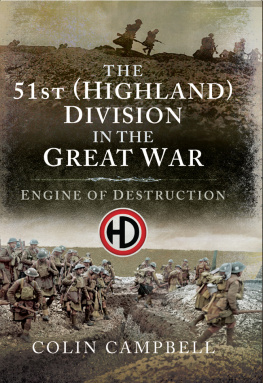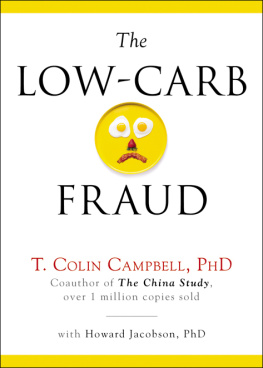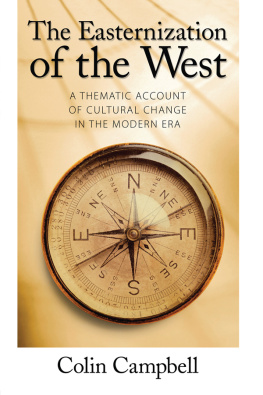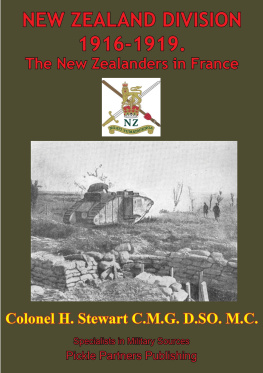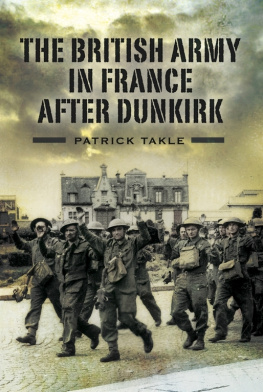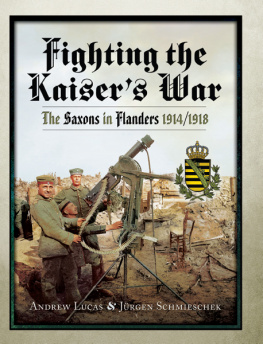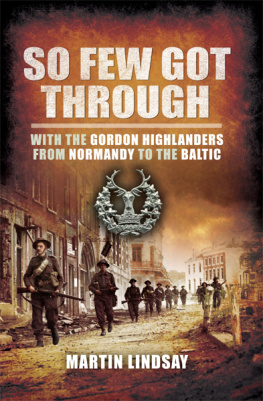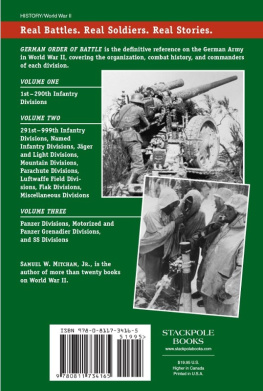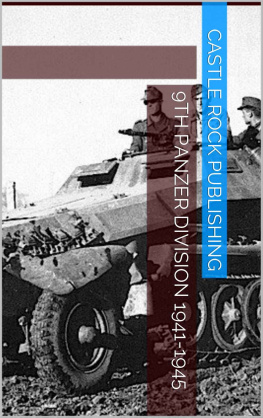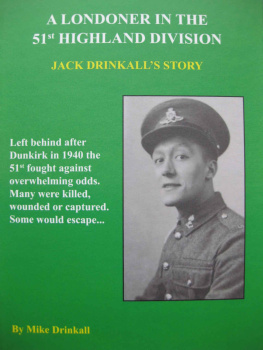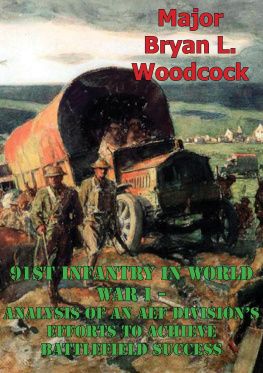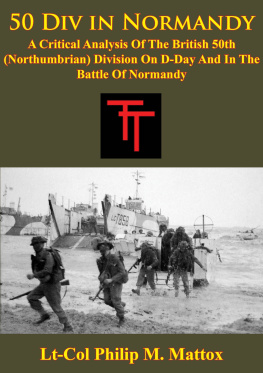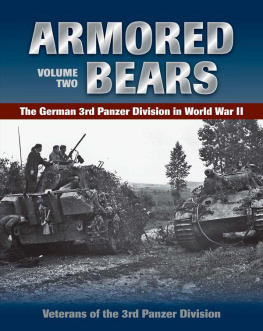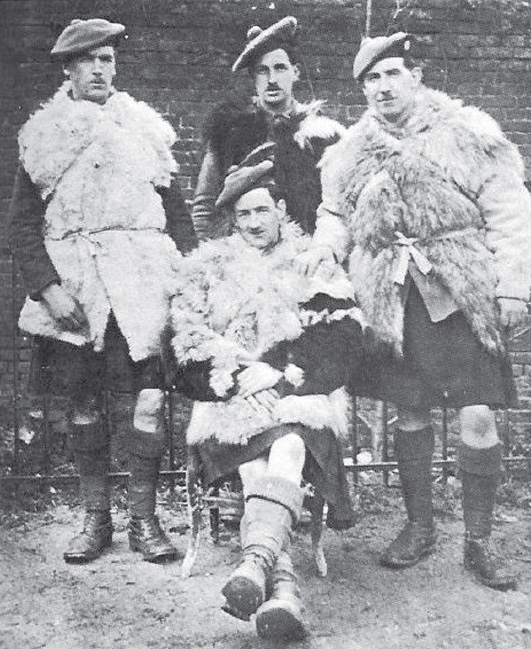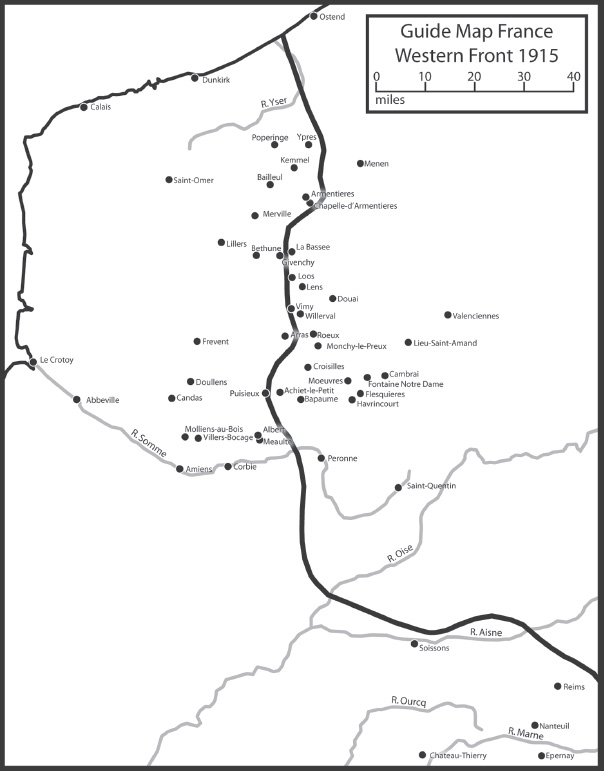
THE
51st (HIGHLAND) DIVISION
IN THE
GREAT WAR
ENGINE OF DESTRUCTION
1/8th Argylls in winter goatskins, 1915-1916
THE
51st (HIGHLAND) DIVISION
IN THE
GREAT WAR
-
ENGINE OF DESTRUCTION
COLIN CAMPBELL
First published in Great Britain in 2013 by Argyll Publishing
An imprint of
Pen & Sword Books Ltd
Yorkshire Philadelphia
Copyright Colin Campbell 2013, 2018
ISBN 978 1 52674 703 7
eISBN 978 1 52674 704 4
Mobi ISBN 978 1 52674 705 1
The right of Colin Campbell to be identified as Author of this work has been asserted by him in accordance with the Copyright, Designs and Patents Act 1988.
A CIP catalogue record for this book is
available from the British Library.
All rights reserved. No part of this book may be reproduced or transmitted in any form or by any means, electronic or mechanical including photocopying, recording or by any information storage and retrieval system, without permission from the Publisher in writing.
Pen & Sword Books Limited incorporates the imprints of Atlas, Archaeology, Aviation, Discovery, Family History, Fiction, History, Maritime, Military, Military Classics, Politics, Select, Transport, True Crime, Air World, Frontline Publishing, Leo Cooper, Remember When, Seaforth Publishing, The Praetorian Press, Wharncliffe Local History, Wharncliffe Transport, Wharncliffe True Crime and White Owl.
For a complete list of Pen & Sword titles please contact
PEN & SWORD BOOKS LIMITED
47 Church Street, Barnsley, South Yorkshire, S70 2AS, England
E-mail:
Website: www.pen-and-sword.co.uk
Or
PEN AND SWORD BOOKS
1950 Lawrence Rd, Havertown, PA 19083, USA
E-mail:
Website: www.penandswordbooks.com
Dedicated to
the Scottish Soldier,
Yesterday, Today and Tomorrow
INTRODUCTION
Engine of Destruction: The 51st (Highland) Division in the Great War was the last book published by Argyll Publishing of Glendaruel before its owner, Derek Rodger, retired. It is an unexpected privilege and a delight to have the opportunity to write an introduction to this Pen and Sword reprint, with its amended title, The 51st (Highland) Division in the Great War: Engine of Destruction.
When jointly researching Cant Shoot a Man with a Cold. Lt. E.A.Mackintosh M.C. 1893-1917. Poet of the Highland Division with Rosalind Green, the lack of a modern overview of the 51st (Highland) Division from 1914-1918 was conspicuous. The only narrative widely available, The History of the Fifty First (Highland) Division 1914-1918 , by Major Frederick William Bewsher, was published in 1921. Some of the restraints on him are touched upon in the prologue to this book, but his greatest obstacle was that he was writing whilst serving with the Headquarters of the 3rd (Lahore) Division of the Indian Army in Bir Salem, Palestine. Production costs forced him to reduce the number of maps and details. He reflected that, i t is doubtful if full justice can be done to the part played by the British Army in the Great War until a generation not intimately involved in it has arisen and has come to regard the burdens sustained for over four years by the British soldier in the true perspective. He understood that he was too close to the events and personalities of the division and that time and emotional detachment should produce a more balanced overview of its history. In 2004 the time seemed ripe for a second history of the division and this book was the first twenty-first century 51st (Highland) Division history, but not, as it has already turned out, the last.
One of the delights of studying history is the fact that a review of events tends not to produce well defined conclusions. Much, as Joseph Addison wrote, can (usually) be said on both sides. The author has to exercise objectivity, an almost impossible feat. Conclusions are based on a study of the facts, but these facts frequently reflect the bias of those who recorded them, particularly in battalion war diaries, where writers were trying to penetrate the fogs of war, minimizing their battalions failings and, metaphorically, defending their flanks.
I am of direct Highland and Western Isles ancestry, was in the Glasgow University Officers Training Corps, became, by invitation, a member of the Lowland Territorial, Auxiliary and Reserve Forces Association at the time of the Strategic Defence Review in 1998 and believe that the reserve element of the forces should be expanded: these factors may militate against objectivity, but I have done my best the reader will have to judge! One of the books aims is to touch upon others views of its reputation. Over the years a number of criticisms, often unsubstantiated, have been made by veterans, the Official History or by modern authors. As no one had ever answered these criticisms and as some of them appeared to be mere opinion, the book was in part intended to challenge them.
In The Hell they called High Wood - The Somme 1916 , by Terry Norman, the author asserted that the 51sts vain attacks on High Wood gave it the experience that made it an elite formation in its own estimation at least. Almost every division failed at High Wood, as did the divisions on the 51sts flanks during its attacks. That the author saw fit to include the comment in parentheses suggested that the he did not share the opinion of historians who numbered it among the best.
Brynn Hammond in Cambrai 1917, The Myth of the First Great Tank Battle described the 51st as Scottish, his inverted commas implying that there were so many outsiders as to negate that definition. In this book that is challenged on the basis of the birthplaces of the dead in Soldiers Died in several sample battalions, from varying recruitment areas. In Craig Frenchs Friends are good on the day of battle: the 51st (Highland) Division during the First World War , the authors more detailed analysis, on a month by month recruitment basis, divided recruit categories into: 1. Those born or enlisted in the battalions recruiting region; 2. Those from elsewhere in Scotland; 3. Those from other places. He also factored in places of enlistment. The 1/7th Black Watch, from Fife, features in analyses of their composition in both this book and Craig Frenchs: the first puts the Scottish element at 93%, the latter at 90.4%, well within the acceptable margins of error. Using the same, differing methods with other battalions, in both books, proved conclusively that the Highland Division was genuinely Scottish. If Brynn Hammond had enclosed Highland in inverted commas, he would have been correct. One wonders why the point was made in the first place. Craig French confirms that until early 1918 Scottish soldiers were posted to Scottish battalions and that attempts to post Scottish reinforcements to non-Scottish battalions met with so much vigorous dissent that the authorities reverted to the former policy. This maintained the high proportion of Scots in the Highland Division until the end of the war.
This book suggests that the Scottish educational system was a factor in the success of the 51st. Craig Frenchs opening page confirms this: Long after the war was over a distinguished Irish General expressed the hope that if ever he had troops under him again they might be Scots. A Scotsman present expressed surprise at his preference for foreigners, to which the General replied that he held that hope because of the high standard of Scottish education, which ensured that the youngest lance-corporal would intelligently carry on his Commanders intentions even after all his officers were killed. This perception cannot be taken as proof of the universal ability of all Scottish junior NCOs or privates to exercise unexpected initiative confidently in the absence of officers, because evidence exists to the contrary; but it does reflect a view that assuming an unaccustomed leadership role was a more visible characteristic amongst Scottish soldiers than amongst others.
Next page
